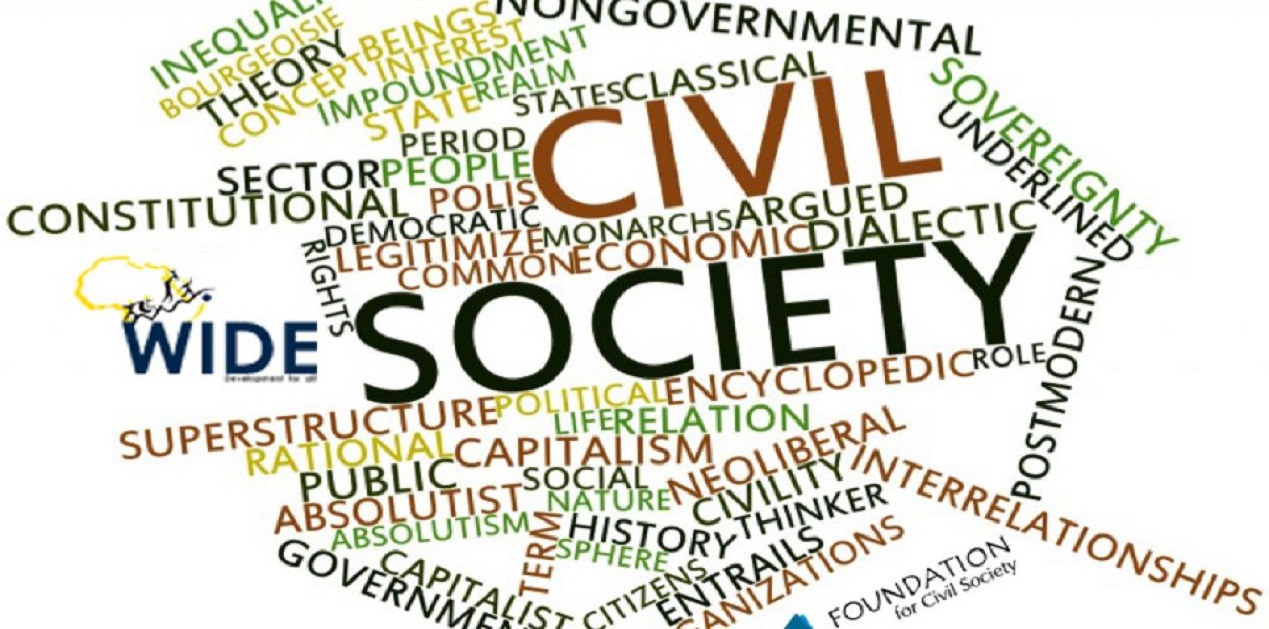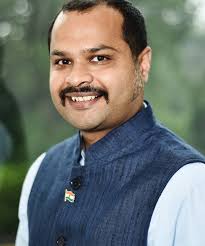In political discourse, the term ‘Civil Society’ is often relegated to participation of people in the democratic processes. However, when viewed from the development angle, civil society is regarded as the crucial ‘third leg’ driving development, the first two being the public and the private sectors. It is not only an operational space which is independent of the state and the market, but also the glue between the two.
In India, the civil society has been shaped largely through three main phases – Nehruvian era wherein society was mostly controlled and represented by educated elites; era of Indira Gandhi when mass-based civil society emerged; and period after that which saw huge rise in small and big NGO activity combined with increasing professionalism, social activism, voluntary associations and faith-based movements. Yet today again the Civil Society is going through metamorphosis, driven primarily by technology, demographics and civic ‘awakening’. The three legs are no more widely separated from each other, rather networked through a web of institutions and platforms pursuing common goals. In this interconnected environment, Governments should view civil society as an asset waiting to deliver its full potential.
Compared to Organisation for Economic Co-operation and Development (OECD) average of about 50 US dollars, total public spending in India is only about 5 dollars per person per day, cumulative of central, state and municipal spending. That means governments can barely pull through to provide basic services for a common citizen. For better governance, it is imperative that governments in India work on constructively unleashing the power of ‘civil’ society, albeit with the caution of containing ‘extremists’ in the society who may undermine such efforts. States like Delhi which contribute more to exchequer than the proportion they receive are especially likely to benefit from their inherent societal wealth.
While there have been several successful efforts to enable markets, industry and partnerships for development, a lot could be done to enable the civil society. The Bhagidari scheme of Delhi Government was the last important attempt which now stands almost defunct. Other initiatives like Civil Defence, National Service Scheme (NSS), National Cadet Corps (NCC), Nehru Yuva Kendra Sangathan (NYKS), Territorial Army etc. are old in their concept and lack the ingredients which could unleash their power in today’s world.
Civil society in India has traditionally been organized on basis of religion, caste, ethnicity, community and the like. In late twentieth century affiliations based on profession, class, work place and neighbourhood, with varying degrees of formalization, were added to the mix. Last couple of decades have seen emergence of movements based on ‘public good’ like corruption, environment, wellness and social action. This signals an evolution in the civic mindset, which is now more willing to participate in delivering common goods along with public and private sector. Moreover, technology is leading to disintermediation, bridging the gap between individuals and institutions. Every individual today can have direct access to institutions and become an instrument of change. Significant demographic shifts are under way and as young people are more interconnected than ever through technology and social media, they are claiming a key role in shaping civil society. These three key forces if aligned through an enabling design, can lead to ‘activation’ of this power.
Conventionally, civil society’s participation in governance is restricted to representation, advocacy, technical inputs and social functions. The underlying belief however considers the civil society as a separate entity supporting Governance, but not an essential part of it. Governance in the modern context is not just responsibility of governments, but a joint obligation of citizens and all institutions in a given society. Governments however, can play the role of catalyst, and bring the other two ‘legs’ together and creating win-win models for governance. The success of citizen reporting initiatives by some media houses point towards the potential of citizen partnership in governance. Technology could enable such widespread participation and provide a platform for ‘awakened’ citizens (especially youth) to play a more active role than just a 5-yearly vote. Certain new roles of civil society which deserve to be explored for better governance are:-
- Watchdog: Civil society can act as public sector’s eyes and ears to ensure that bus drivers are driving safely, officials are not taking bribes, women are walking safe on the streets, water is not accumulated in their neighbourhood, contractors are covering the construction sites adequately, shopkeepers are using polybags of prescribed thickness and potholes are not left uncovered by authorities
- Champion: Civil society can undertake education and awareness to implement difficult policies like waste segregation at source, controlling usage of underground water, reducing stubble burning, encourage car-pooling, promoting disaster resilience, assistance to disabled, care of elderly etc.
- Service Provider: Civil society actors blur the boundaries between traditional sectors and experiment with new methods as compared with NGOs which work for a defined sector. Civil society can play active role in improving services like education to poor, health camps for marginalized, disease eradication programs, food security, community kitchens, building social capital, mentorship to youth, maintenance of public spaces etc.
Civil society activation has the potential of bringing speed, depth and reach to governance. However, certain conditions should be met for achieving such activation. These are Neutrality, Autonomy, Sincerity (of purpose) and Clarity (of process). Any association which excludes persons on the basis of ethnicity, profession, ideology or status, or is dictated by government would not attract participation. The Purpose and Process too need to very clear and actionable. Any ambiguity would leave the platform vulnerable to chaos. The youth today wants to make things better. Channelizing this energy constructively would lead to sustained growth & prosperity.
Pushp Dant is a Sr. Fellow at the Lee Kuan Yew School of Public Policy, Singapore. He is associated with the nonprofit sector for many years
(The paper is the author’s individual scholastic articulation. The author certifies that the article/paper is original in content, unpublished and it has not been submitted for publication/web upload elsewhere, and that the facts and figures quoted are duly referenced, as needed, and are believed to be correct). (The paper does not necessarily represent the organisational stance... More >>
Image Source: https://www.woteinitiative.org/wp-content/uploads/2018/07/social-1-1024x585.jpg










Post new comment